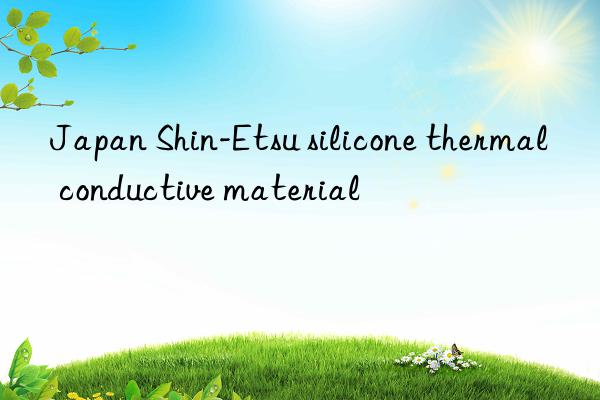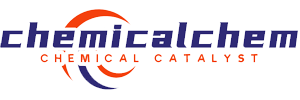
the distinction and types of thermally conductive silicone
| distinction | type | performance |
| thermal adhesive | ①hardening type (condensation reaction/additional reaction) | self-adhesive |
| thermal grease |
①hardened type ②non-curing type |
reworkability (no adhesion) reworkability (no adhesion) |
|
thermal conductive silicone |
distinguish |
type |
|
product name |
|
thermal bonding material |
hardened type |
one-component condensation (room temperature curing) |
ke-4961-w, ken-4988-w (nantong product) |
|
|
ke-4962-w, ke-3467 |
||||
|
single component additional (heat curing) |
ke-1867, ke-1891 |
|||
|
two-component additional (heat curing) |
ke-1285-ab, ke-1292-ab, x-32-3705-ab (nantong product) |
|||
|
ke-1897-ab, ke-1898-ab, ke-1899-ab |
||||
|
two-component additional (low temperature curing) |
ke-1184-ab, ke-1185-ab |
|||
|
thermal grease |
non-hardened type |
solvent-free (thin layer) |
g-775, g-777, g-779 |
|
|
solvent-containing (thin layer) |
g-776, g-790, g-787 |
|||
|
solvent-containing type (thin and thick film) |
clg series |
|||
|
hardened type |
one-component condensation (room temperature curing) |
g-1000 |
||
|
single component additional (heating/uv) |
g-789, guv-300 |
|||
|
two-component additional (room temperature curing)
|
sdp series |
about condensation reactions and additional reactions
curing types and characteristics

 微信扫一扫打赏
微信扫一扫打赏

